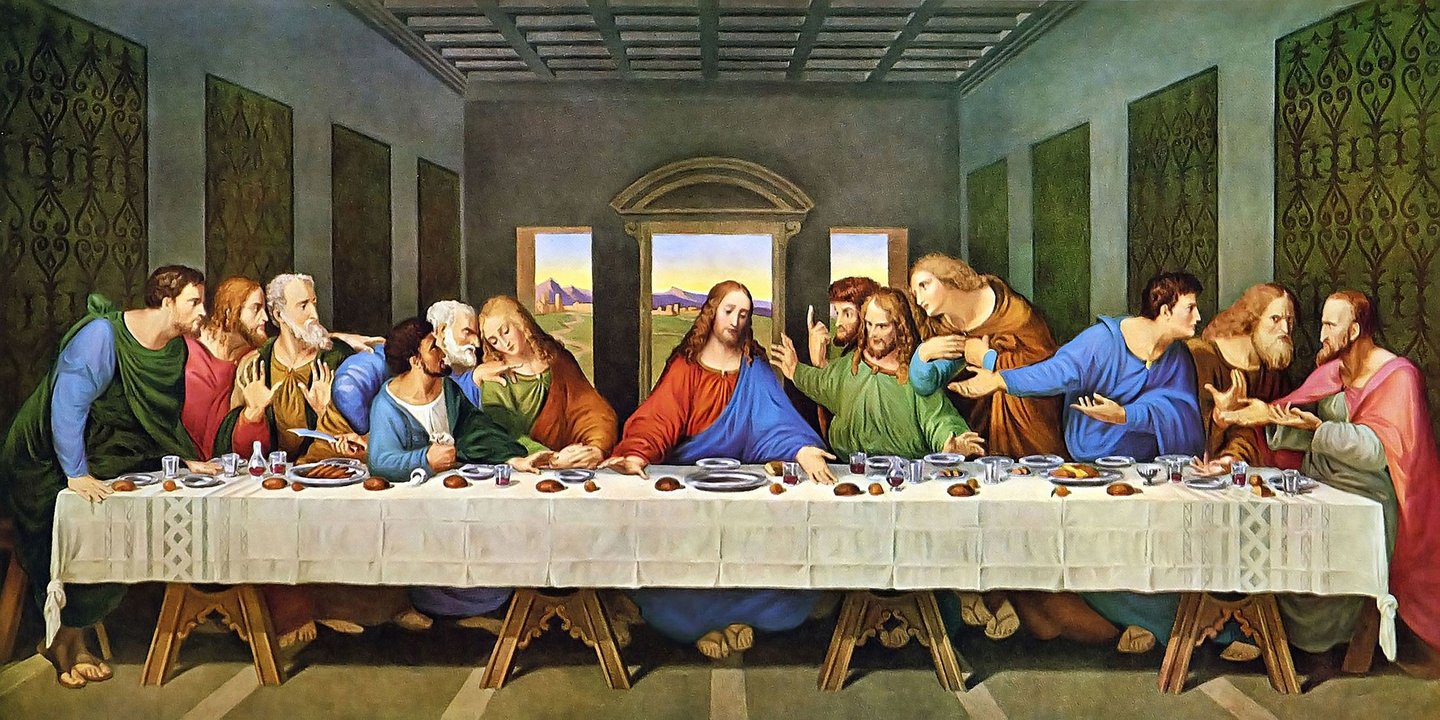Part 1 - Introduction to Renaissance Era (1400 - 1600)
Welcome to the Renaissance - an era of groundbreaking musical transformation! From around 1400 to 1600, Western music underwent an incredible evolution, moving beyond the monophonic chants of the medieval church into the lush, interwoven harmonies of polyphony. This period saw the rise of expressive choral works, sophisticated instrumental music, and a flourishing of secular song.
But Renaissance music wasn’t just about beautiful sounds - it was also about big ideas. Humanism, the intellectual movement that celebrated individual creativity and artistic expression, played a major role in shaping the music of this time. Composers aimed to make their works more emotionally compelling and harmonically rich, setting the stage for the dramatic Baroque period that followed.
So, what can you expect in this series of chapters?
Sacred Music – We’ll explore the grand choral compositions of the Mass, Motet, and Magnificat, meeting legendary composers like Josquin des Prez and Palestrina.
Secular Music – We’ll dive into the world of madrigals, chansons, and dance tunes, uncovering how music became a way to express love, nature, and human emotions.
Instrumental Music & Dance – The Renaissance wasn’t just about voices! We’ll see how the lute, harpsichord, viol, and other instruments took center stage, leading to the emergence of instrumental compositions and lively courtly dances.
Musical Innovations & The Road to Baroque Era – Printing presses, new tuning systems, and the birth of opera - this era was a playground for musical experimentation, shaping the future of Western music.
By the time we reach the final chapter, you’ll have a deeper appreciation for the sounds, styles, and innovations that made the Renaissance one of the most fascinating eras in music history. So, let’s begin our journey into this extraordinary age of creativity!

